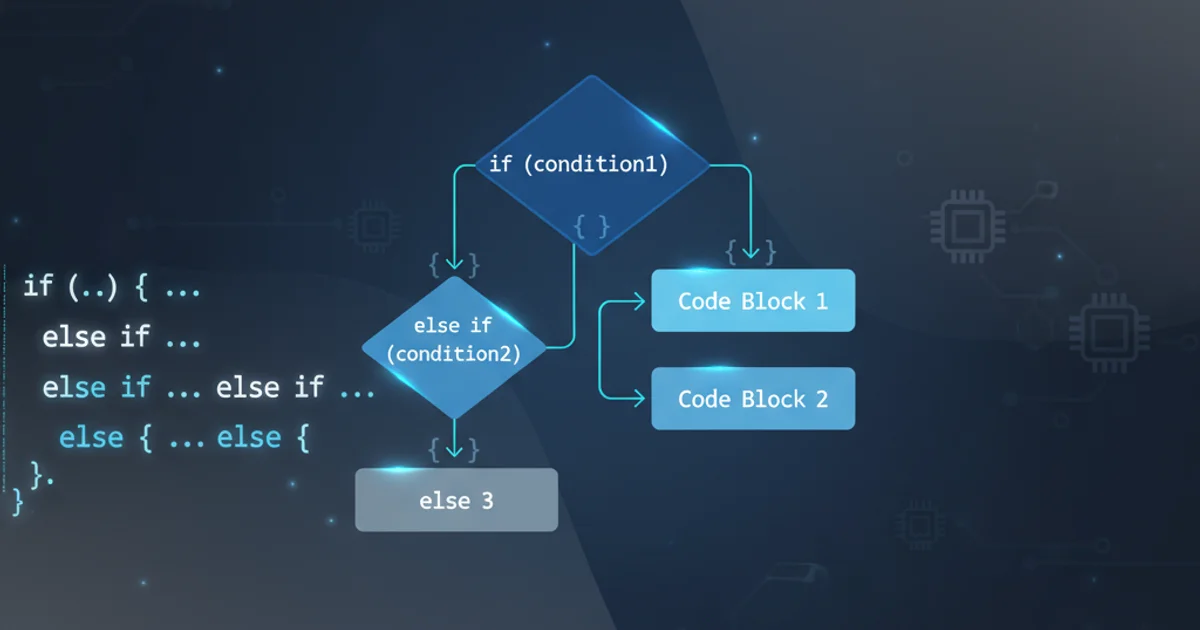Remove file from latest commit
Categories:
How to Remove a File from Your Latest Git Commit

Learn how to safely remove an accidentally committed file from your Git history, whether it's the very last commit or an older one.
Accidentally committing a file you didn't intend to include is a common scenario in Git. This could be a sensitive configuration file, a large binary, or simply a temporary file that slipped through. While Git's history is designed to be immutable, there are safe ways to rewrite the most recent commit to exclude such files. This article will guide you through the process of removing a file from your latest commit, ensuring your repository remains clean and your history accurate.
Understanding Git's Commit History
Before we dive into the commands, it's crucial to understand how Git's commit history works. Each commit is a snapshot of your repository at a specific point in time. When you modify a commit, you're not actually changing the existing commit; instead, you're creating a new commit that replaces the old one. This is especially important when dealing with shared repositories, as rewriting history can cause issues for collaborators if not handled carefully.
flowchart TD
A[Original Commit] --> B[Accidental File Added]
B --> C{Realize Mistake}
C -->|Yes| D[Amend Commit]
D --> E[New Commit (without file)]
C -->|No| F[Continue with Bad Commit]
F --> G[Future Problems]
E --> H[Clean History]Flowchart of correcting an accidental commit
Removing a File from the Latest Commit (Local Only)
The safest and most common scenario is when you've just made a commit locally and haven't pushed it to a remote repository yet. In this case, you can use git reset and git add combined with git commit --amend to rewrite the last commit.
1. Step 1: Remove the file from your working directory and staging area
First, you need to remove the file from both your working directory and the Git index (staging area). The git rm --cached command is perfect for this, as it removes the file from Git's tracking without deleting it from your local filesystem. If you want to delete the file entirely, omit the --cached flag.
2. Step 2: Amend the previous commit
Now that the file is no longer tracked by Git and is not in your staging area, you can amend your last commit. The git commit --amend --no-edit command will take the current staging area (which now excludes the unwanted file) and use it to replace the previous commit. The --no-edit flag tells Git to reuse the previous commit message without opening an editor.
3. Step 3: Verify the changes
After amending, it's a good practice to verify that the file has indeed been removed from the commit history. You can use git log to inspect the latest commit or git show HEAD to see the changes introduced by the new commit.
# 1. Remove the file from staging (keep it in working directory)
git rm --cached <path/to/your/file>
# If you want to delete the file entirely from your filesystem:
# git rm <path/to/your/file>
# 2. Amend the last commit with the new staging area
git commit --amend --no-edit
# 3. Verify the changes
git log -1 --stat
Commands to remove a file from the latest local commit
git push --force (or git push --force-with-lease), which can cause problems for collaborators who have already pulled the original commit. Only force push if you are absolutely sure no one else has based work on that commit, or after coordinating with your team.What if the file is already pushed?
If the commit containing the unwanted file has already been pushed to a remote repository, the process is similar but comes with a significant caveat: you are rewriting shared history. This should only be done with extreme caution and ideally after communicating with your team. After amending the commit locally, you will need to force push your changes.
# Follow the steps above to amend the commit locally.
# Once amended, you will need to force push:
git push --force-with-lease origin <your-branch-name>
# Or, the more aggressive (and generally less recommended) force push:
# git push --force origin <your-branch-name>
Force pushing rewritten history to a remote repository
git push --force-with-lease over git push --force. force-with-lease is a safer option as it prevents overwriting remote changes if someone else has pushed to the same branch in the meantime, giving you a chance to resolve conflicts.